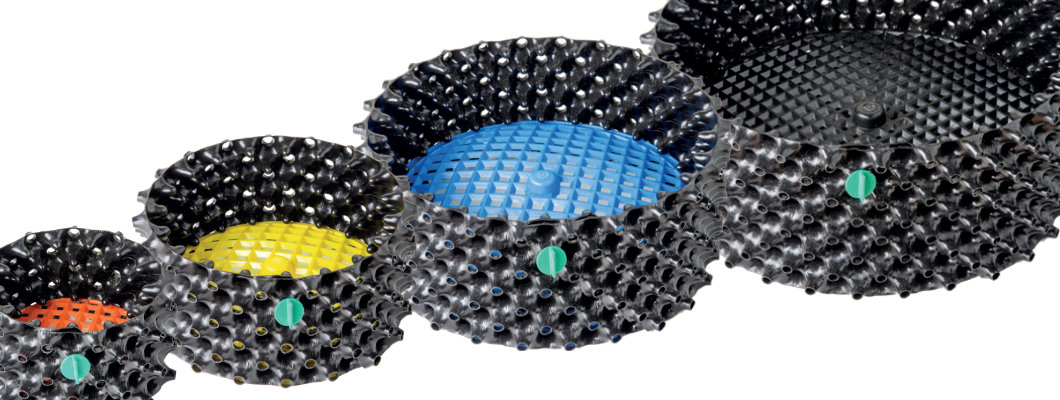
Title image above was created by Kristi Ellinopoullos from images copyright © The Caledonian Tree Co. Ltd
First published 30th March 2025
Introduction to the Air-Pot Bonsai Training Pot
Air-Pot® bonsai training pots are phenomenal containers designed specifically for bonsai enthusiasts:
• their squat design encourages the fibrous, dense, shallow root system all great bonsai need,
• there are multiple tie-down points via the top row of open cones (as opposed to the the top one or two rows of cones being closed in the conventional growing containers, and which act as water reservoirs); and
• the grid base also provides far more anchoring points for roots than traditional bonsai pots.
They come in four sizes:
• 1.5 L (orange base)
• 4.1 L (yellow base)
• 9.4 L (blue base), and
• 16.5 L (black base),
and various combination packs are available.
The bases can be moved into any position up and down the wall to adjust potting depth.
But with what do you fill them? Pretty much anything, really — so long as it is fine, with particles 5 mm or less.
Such fineness in any other pot — bonsai or otherwise — would typically cause compaction, water retention and drainage problems, but this is where the unconventional nature of an Air-Pot comes into play.
A fine medium can enter the cones and fill them completely, which assists with the root pruning and development of a dense root ball of fine roots. Those same cones further increase aeration of the mix, which has two benefits:
1. a medium rich in air stimulates soil microbial activity, which increases bio-availability of nutrients to the plant; and
2. a medium rich in air assists in root growth — root cells need oxygen just as we do.
Please Note:
This increased aeration also means the medium in an Air-Pot can dry out more than a conventional pot — this may be good or bad depending on the plant and the environment, so please take this into consideration.
The very dense root ball which develops will be more water- and nutrient-hungry than any growing in a regular pot. This further dries the medium, as well as depletes it more quickly than you may be used to, so again, please take this into consideration and be prepared to water and/or fertilise more frequently than you may otherwise.
The ‘Rules’ For a Good Bonsai Growing Medium
A good bonsai mix should meet these criteria:
• good aeration
• good drainage
• good water retention
• good nutrient retention
• the right pH for the species
Suggested Substrates
The go-to in the bonsai world is akadama, which meets all the above requirements, and yes, you can use akadama in Air-Pot bonsai training pots! Should you find this falling through the base too much, do what bonsai artist Kel does: line the base with very fine peat coir!
It stays in place and it works!
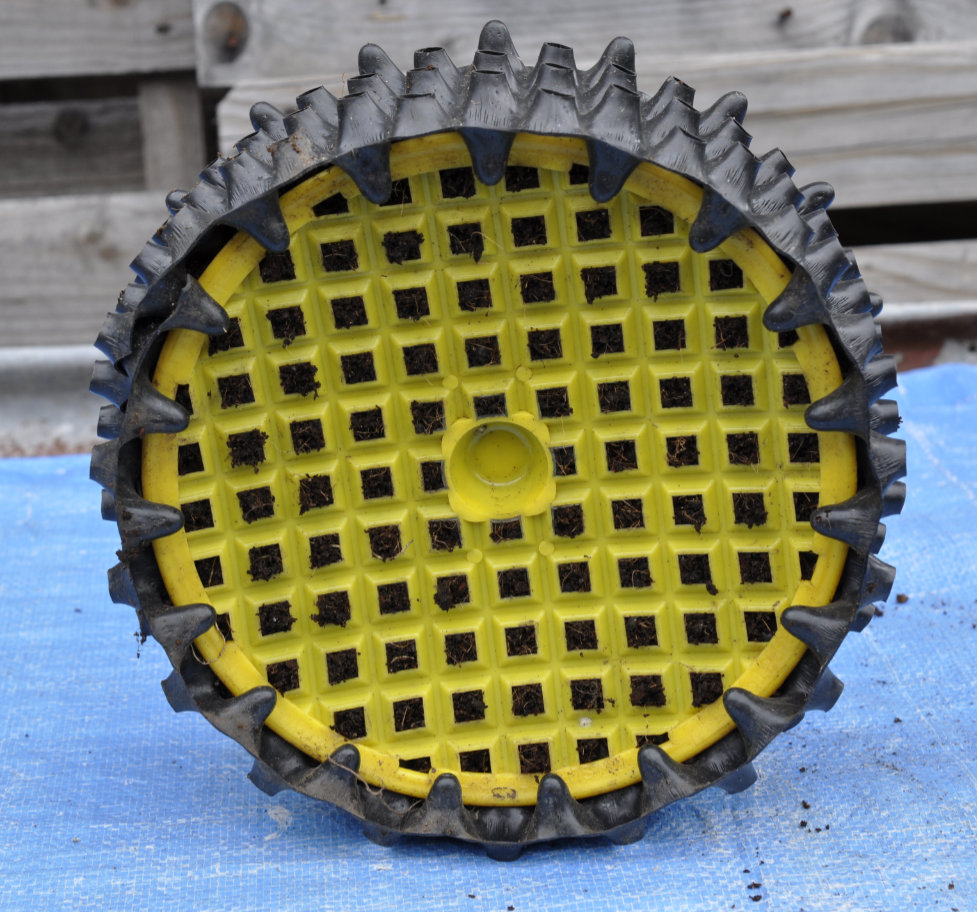
copyright © Kristi Ellinopoullos
Kel actually uses a 2:1:1 or 1:1:1 mix of akadama:scoria:pumice, of 3-6 mm particle size, and will sit a more water-loving plant in a shallow tray of water.
Another bonsai artist, Helen, uses 1:1:1 akadama:scoria:pine bark, of 3-6 mm particle size in most situations, but will adjust with more akadama and pine bark for more water-loving plants.
Kel told me of her friend in Western Australia, where akadama is apparently hard to come by, using clay as an akadama substitute, zeolite as a scoria substitute, and fine coir/fine bark. He also uses (separately) a supermarket cat litter which contains zeolite and naturally occurring clay.
The popular commercial bonsai potting mix made by Scotts contains composted bark, sandy loan and Osmocote®.
Conclusion
Anything goes, really. The only ‘rules’ are that the medium be fine, and that the requirements of a good bonsai substrate (as listed above) are met. (And don’t forget that the container itself will do the aeration should you wish to experiment with denser mixes.)
This affords you a great deal of flexibility and creativity — I thought the use of cat litter ingenious!
Trust your experience, your instinct (which often comes from experience), and your knowledge of the species — and if it helps to overcome any hesitation or doubts, I can’t recommend enough to first trial the container and substrate with a plant you will feel less bad about losing. Your confidence will soar once you experience the results an Air-Pot provides!
Kristi Ellinopoullos
BSc(Hons), U.Syd. - double major in biochemistry and microbiology, with honours in microbiology
PhD, U.Syd - soil microbiology
Stumbled into IT and publishing of all things.
Discovered jujube trees and realised that perhaps I should have been an agronomist…
So I combined all the above passions and interests into plant-related websites and blogs, on which I write about plants, gardening, botany, soil chemistry, soil microbiology and biochemistry!
If you have any deep interest in microbiology and/or biochemistry, and how these apply to plants, I’m writing a deep-dive online book From Soil to Fruit here.



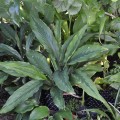

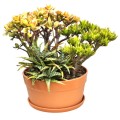
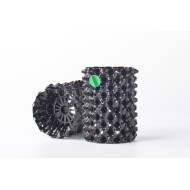
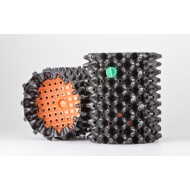
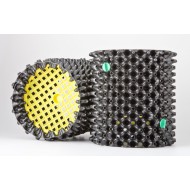
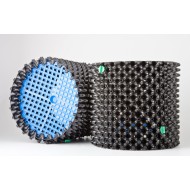
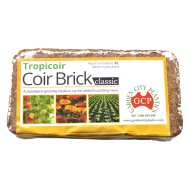
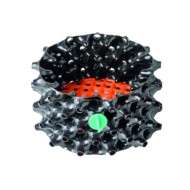
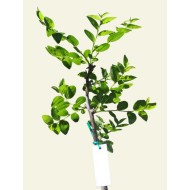
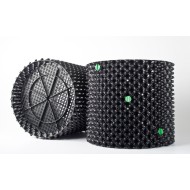
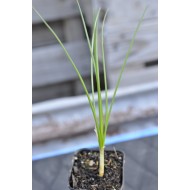
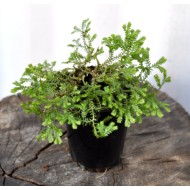
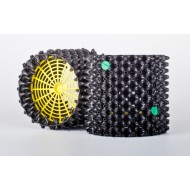
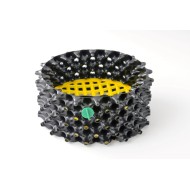
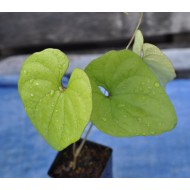
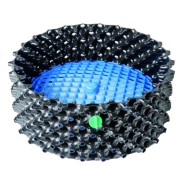
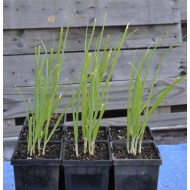

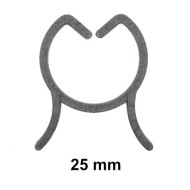
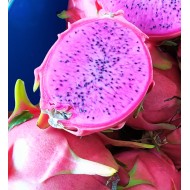

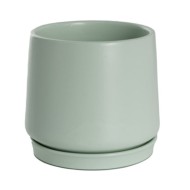
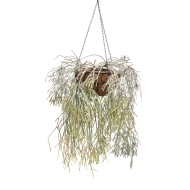


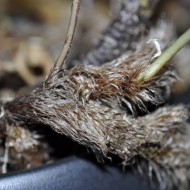
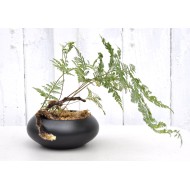

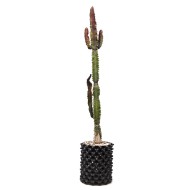
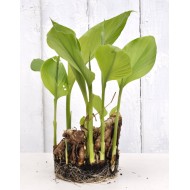
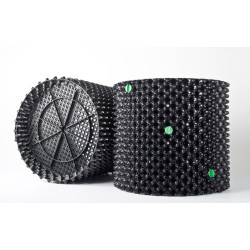
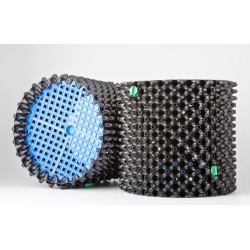
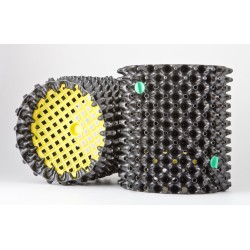
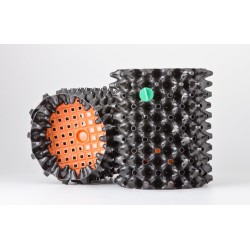
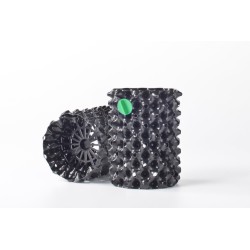
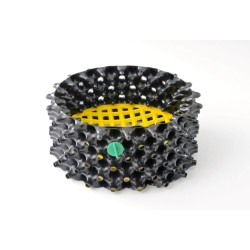

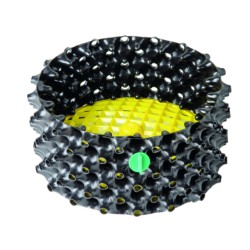
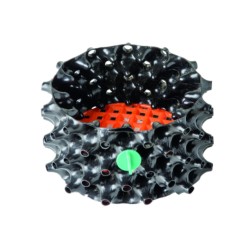
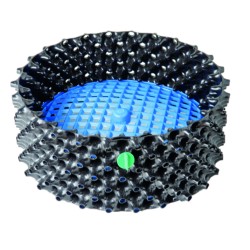

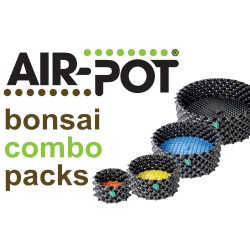
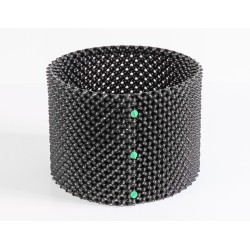
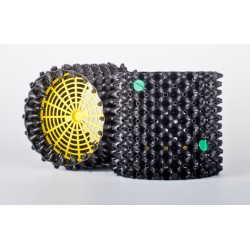
Leave a Comment